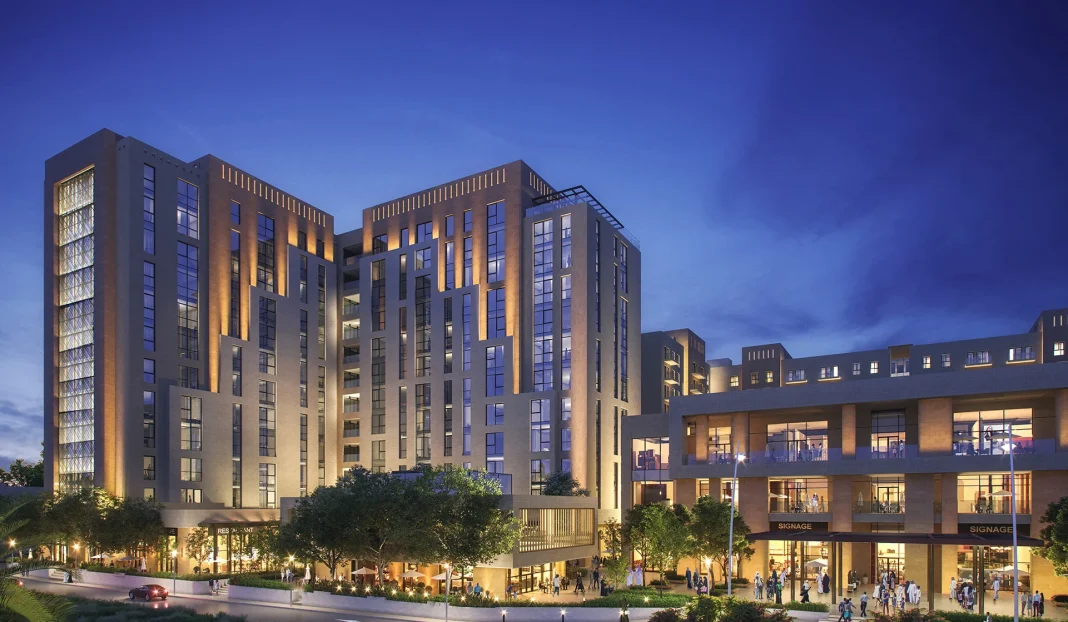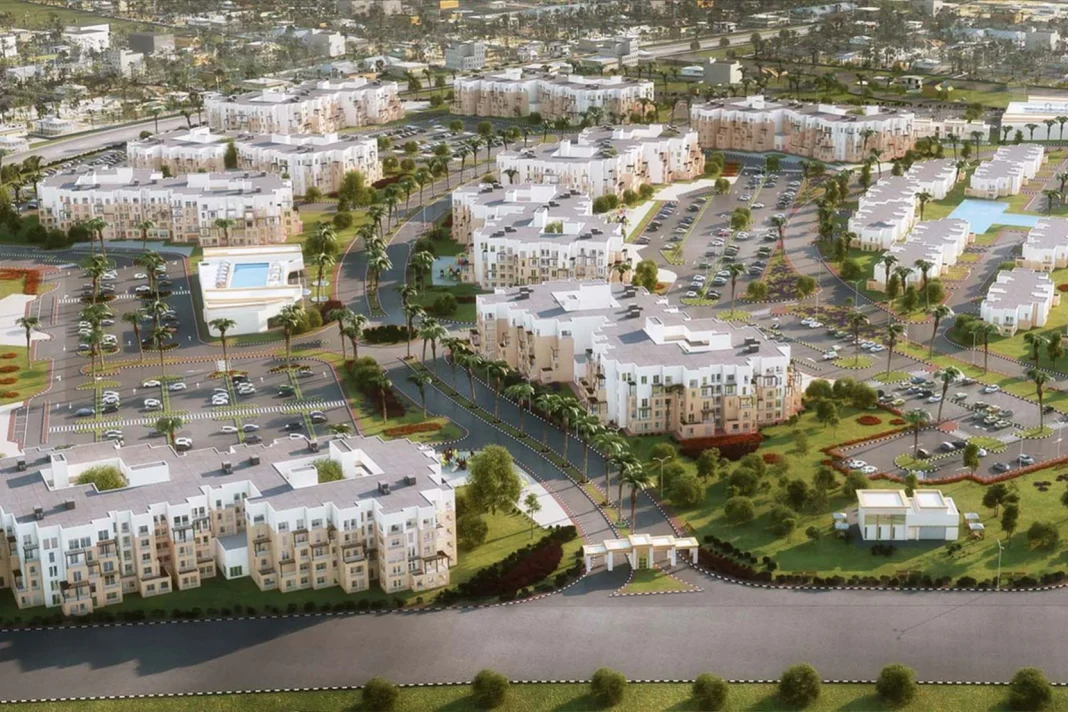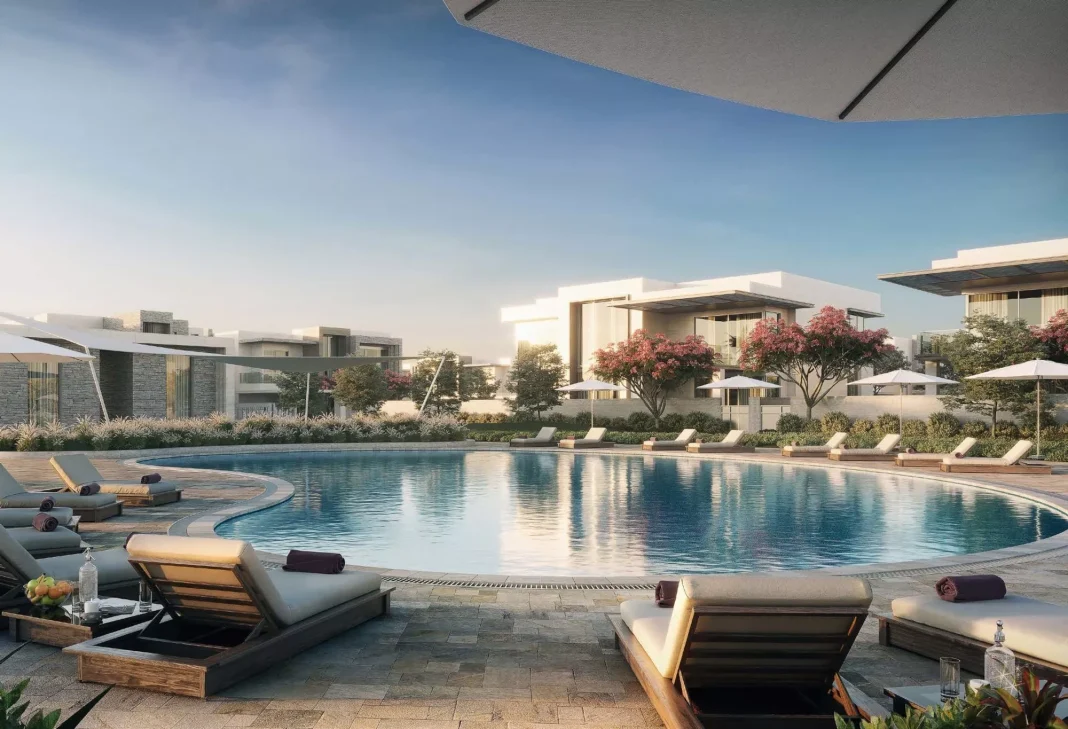In Dubai’s real estate map, where names like Palm Jumeirah or Downtown echo luxury and opulence, the name Liwan barely whispers. However, this emerging neighborhood, often overshadowed by its vibrant and established neighbor, Silicon Oasis, is becoming the best-kept secret for those seeking a golden opportunity. Imagine the same strategic location and similar growth potential, but with a staggering difference in price; in fact, market analyses confirm that the area offers prices up to 50% lower than its famous neighbor, an anomaly that is starting to attract the most astute investors. Are we looking at Dubai’s next big real estate jackpot?
The key to its discreet charm lies in its youth and in planning that has prioritized space and quality of life over immediate hustle. While cranes draw its future skyline, pioneers who have already invested in this growing district enjoy a tranquility impossible elsewhere. The question is not if it will explode, but when, because many investors have not yet focused on the Liwan community, leaving an open window of opportunity for those who look beyond the obvious. It is the timeless story of the ugly duckling with all the chances to become a swan.
WHAT EXACTLY IS LIWAN AND WHY ISN’T ANYONE TALKING ABOUT IT?
To understand the potential of this area, you need to look at a map. Located at the intersection of two of Dubai’s main arteries, Sheikh Mohammed Bin Zayed Road and Al Ain Road, its location is simply strategic. It is part of the ambitious Dubailand project and is literally adjacent to Silicon Oasis and Academic City, the region’s largest university campus. Despite this privileged position, Liwan has remained in the background, as a secondary actor awaiting its big role. The reason is that its development, driven by the giant Dubai Holding, has been more slow and organic, and its conception as a low-density neighborhood with extensive green areas sets it apart from the model of dense skyscrapers dominating other parts of the emirate.
The paradoxical mediatic silence surrounding it is, at this moment, its greatest competitive advantage. Not being on the radar of large international buyer groups, which tend to gravitate toward more well-known names, has kept prices surprisingly affordable. This anonymity has allowed Liwan to mature without the pressure of excessive speculation. Those who know its ins and outs realize that it’s not a matter of if it will take off, but how it will do so, because basic infrastructure and high-quality residential projects are already laying the groundwork for solid and sustained growth. It’s the classic bargain that, once discovered, everyone regrets not seeing earlier.
THE SILICON OASIS EFFECT: THE WAVES ABOUT TO BREAK
The overwhelming success of Dubai Silicon Oasis is, without a doubt, the best omen for its neighbor. This tech and residential hub has reached a level of maturity where demand far exceeds supply, driving up both purchase and rental prices to levels that are becoming prohibitive for many. This is where the principle of communicating vessels comes into play. Thousands of professionals and families working or studying in the area are seeking nearby and more affordable alternatives, and the most logical and attractive option for this natural exodus is, without a doubt, Liwan. This population shift has already begun silently, but it is expected to intensify over the next two years.
This migration not only boosts housing demand but also promises an investment return that few neighborhoods can match today. While established areas offer stable but slow appreciation, emerging areas like this have enormous capital appreciation potential. Investors who bet now on Liwan are not only benefiting from low entry prices but are also positioning themselves to capitalize on the inevitable value increase that will come with its consolidation. In this regard, rental yields are already competitive with more established areas, but with significantly lower initial investments, making the alternative to Silicon Oasis an almost perfect financial equation.



